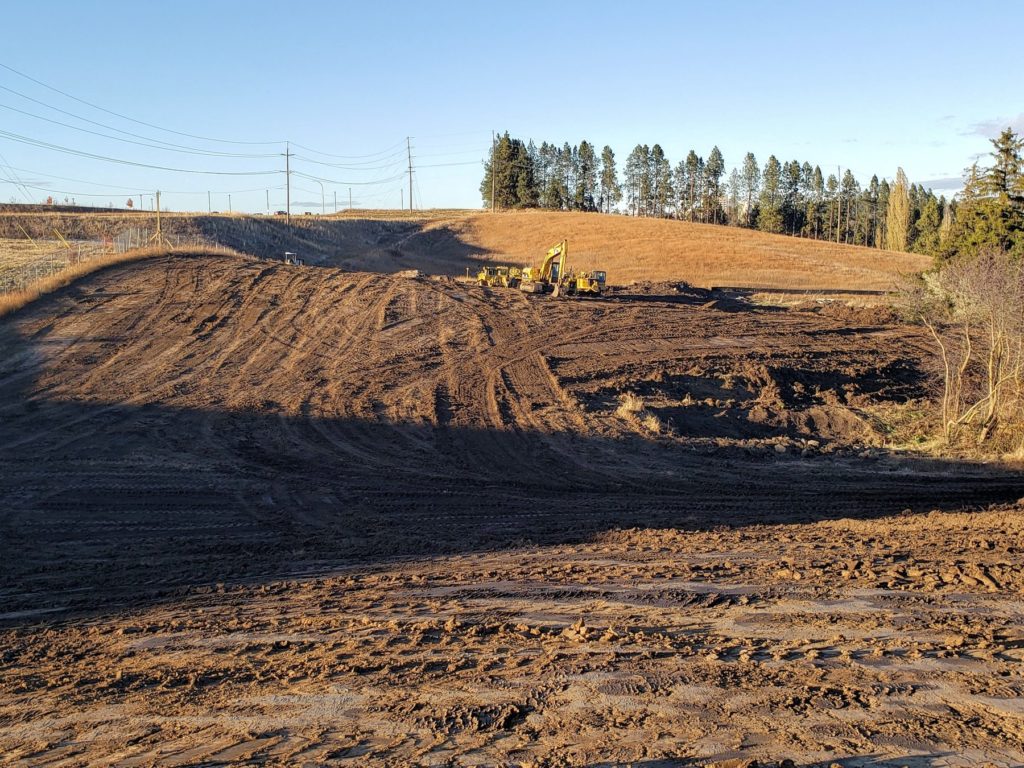How Can We Help?
Mapping with the Community Action Center

Mapping
Mapping is a great way to communicate data, especially at the regional level. It makes a diagram out of data that correlates spatially, making information easier to grasp.
In the initial stages of the Palouse Tables Project, mapping was used to communicate statistics about the Palouse region. These maps were then included in multiple presentations throughout the course of the project including the launch of the project at the 2018 Food Summit, and preliminary sharing of results for the Pullman 2040 Steering Committee and the City of Moscow’s Poverty on the Palouse Forum. It will also be included in the final report. The data shared included the poverty rates of 2010 Census Tracts of Whitman and Latah County, median household income, food desert tracts, Basic Food Enrollment rates, and percentage of income dedicated to housing and transportation. The amount of information available can be overwhelming but also incredibly helpful. These maps helped build a case for why food insecurity is an issue on the Palouse that hits especially hard on those that live at or below the poverty line. Even employed community members have a hard time coping since the cost of living can often times be higher than the income they make. Mapping made the analysis of the data far easier to do.
ArcGIS was the program used to create the maps for the Palouse Tables Project. American Fact Finder was the source to find census information broken by geographies. The actual shapefiles were downloaded from census.gov which can be found under TIGER/Line Shapefiles. Another website that provided great data and shapefiles included the Housing and Transportation Index website. When ArcGIS was no longer available, Google My Maps was used for simple inventorying of food bank locations and to illustrate places that were gleaned from. After downloading the information, further analysis can be done by creating heat maps or density maps that can show trends. ArcGIS is a relatively costly program to have, although there are discounts available to non-profit organizations. Google My Maps is a free program, is far easier to use, and is more intuitive. However, if your offices have ArcGIS, it is worth a shot to try using it, especially if you are even somewhat familiar with how to use it. Universities will often times have ArcGIS classes that people can enroll in.
Further relationship with partners that have an ArcGIS license was pursued, but did not pan out for the Palouse Tables Project. Further relationship can be developed with the University of Idaho Extension office. Colette DePhelps is the area community food educator who agreed to let the Palouse Tables Project use the mapping system while also contributing to their mapping projects. Unfortunately, the timing did not pan out well for this project. Further pursuit is highly recommended because of the relationship with the Palouse-Clearwater Food Coalition and how similar the mapping projects are between the two programs.


